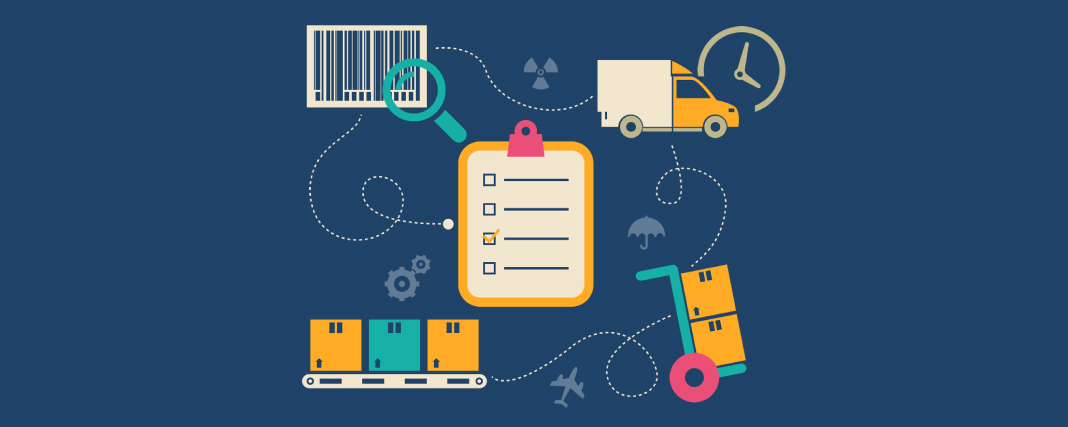Inventory management is a big problem for brands selling on Amazon, with all levels of experience, big and small. Failing to figure out how to effectively manage inventory on Amazon can lead to huge long term problems. One the one hand, you don’t want to run out of inventory when you’re building your sales momentum, and on the other hand, you don’t want to send in too much inventory too quickly and just have it sit there, racking up long term storage fees.
Amazon inventory management can be broken down into three phases.
Phase One: Launch Phase
During the launch phase, your listing and your product are new, and you don’t know if they’re going to succeed because you haven’t really tested the market on Amazon. It’s for this reason that you should start small and not send in too much inventory. If, for whatever reason, it turns out that your product is not going to sell well, then you’re going to be stuck with a lot of inventory to sell through, which can be expensive and frustrating.
Alternatively, you might need to make changes to your product if it doesn’t sell well initially. For example, after some initial testing, you might decide that you want to bundle it with another product (an effective strategy for distinguishing your product from the competition), which would require you to remove the product from Amazon in order to make the changes and then send it back in. The bottom line: smart small so you can fail small.
But, hopefully your product shows signs of success in its early stages, which means you’ll need to start positioning yourself for some sales velocity.
Phase Two: Picking Up Steam
While you’ve hedged against the possibility of failure in Phase One, during Phase Two, you have more confidence that your product is going to be a long term success on Amazon, and so you need to start preparing for that success from an inventory standpoint. What this preparation really means is that you need to start sending in larger quantities so that you can get more aggressive with PPC and be able to build sales velocity without selling out (a total momentum killer on Amazon, as I will reiterate below). You don’t need to go overboard; you can send in (assuming you are selling “FBA” and sending in inventory to Amazon’s fulfillment centers) two or three times as much inventory as you had been during Phase One.
What’s going on behind the scenes in Phase Two (or at least what should be) is that you’re starting to do a lot of PPC testing and using PPC to improve organic keyword ranking, which means that you’re driving traffic to your listing, which hopefully means that you’re getting more sales. Any time you start driving more traffic to your listings, you need to be prepared for an unexpected uptick in sales!
Phase Three: Growth Phase
The transition from Phase Two to Phase Three can take some time and usually occurs once you start to see a significant increase in your sales relative to Phase One and the early days of Phase Two (which is usually accompanies by an improvement in organic keyword ranking position). When you get to this point, you’ve hopefully identified a handful of profitable PPC targets on which you can focus most of your advertising budget, The worst thing that you can do when you’re in this phase is sell out of inventory. Selling out of inventory will kill your momentum, lead to a decease in your organic keyword ranking positions, and set you back. If this happens, you will likely have to spend more money on PPC to gain back your lost ground.
Here are some tips for making sure this doesn’t happen to you:
1. Determine your lead time with your supplier.
2. Make sure you’ve figured out how long it’s taking inventory to process at the Amazon fulfillment centers.
3. Calculate your daily sales averages for each product, taking into account increases in PPC spend.
Once you’ve made these calculations, give yourself more than enough cushion in case you underestimate anything. Amazon can often be unpredictable, so don’t cut anything too close. Prepare for the absolute worse case scenario. Once you are in Phase Three, there is not much downside to sending in too much inventory. If your inventory has been selling, and your sales number have been increasing, chances are these trends will continue as long as your are operating your Amazon account effectively and efficiently.


Recent Comments